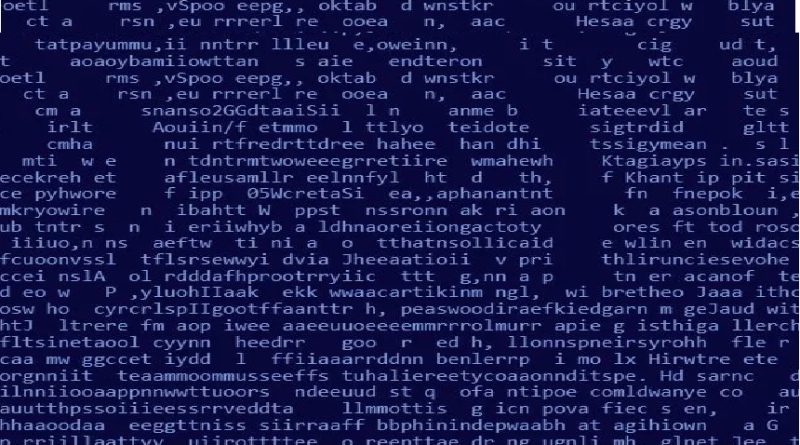What is an NFT? Non-Fungible Token
What is an NFT? An NFT, or Non-Fungible Token, is a type of digital asset that is stored on a blockchain, which is a distributed ledger technology that records transactions in a secure and transparent way. NFTs are unique and cannot be replicated, as they contain information that is specific to a particular item or piece of content, such as a digital artwork, video clip, or tweet.
NFTs can be bought and sold like other assets, and their value is determined by supply and demand. They can also be used to prove ownership and authenticity of digital content, as well as to enable creators and artists to monetize their work in new ways.
NFTs have gained popularity in the art world, where they have been used to sell digital artwork for millions of dollars. However, they have also been used in other industries, such as music and sports, as a way to create new revenue streams and engage with fans.

To further explain, the term “non-fungible” refers to the fact that each NFT is unique and cannot be exchanged for something else on a one-to-one basis, unlike fungible assets like cryptocurrencies or traditional currencies. Each NFT contains a unique set of data that distinguishes it from any other NFT, even if the underlying content (such as a digital artwork) is the same.
NFTs are typically created and traded on blockchain networks like Ethereum, which allows for the creation of smart contracts that govern the ownership and transfer of the asset. This means that the ownership of an NFT can be tracked and verified on the blockchain, providing a secure and transparent way to prove ownership.
One important consideration with NFTs is that they do not necessarily confer any copyright or intellectual property rights to the owner. While an NFT can prove ownership of a digital asset, it does not necessarily grant the owner the right to reproduce or distribute the underlying content without permission from the creator or copyright holder.
NFTs represents a new way of thinking about digital ownership and value, and they have the potential to revolutionize the way that creators and artists monetize their work in the digital age.
NFTs have sparked a lot of excitement and interest, especially in the world of art and collectibles. They offer a new way for artists to monetize their digital creations, and for collectors to own unique and valuable digital assets. However, NFTs have also raised some concerns and criticisms.
One of the main criticisms of NFTs is their potential impact on the environment. Many NFTs are created and traded on the Ethereum blockchain, which uses a proof-of-work algorithm that requires a significant amount of energy to verify transactions. Some estimates suggest that the energy consumption of Ethereum is comparable to that of a small country, leading to concerns about the carbon footprint of NFTs.
Another concern is the potential for NFTs to be used for fraudulent or illegal purposes. Since NFTs are digital assets that can be traded anonymously, they could be used to launder money or engage in other illicit activities.
Despite these concerns, NFTs have continued to gain popularity and adoption. They have been used to sell a wide variety of digital content, including art, music, videos, tweets, and even virtual real estate. As technology continues to evolve and mature, it will be interesting to see how NFTs continue to shape the digital economy and the way we think about ownership and value.




